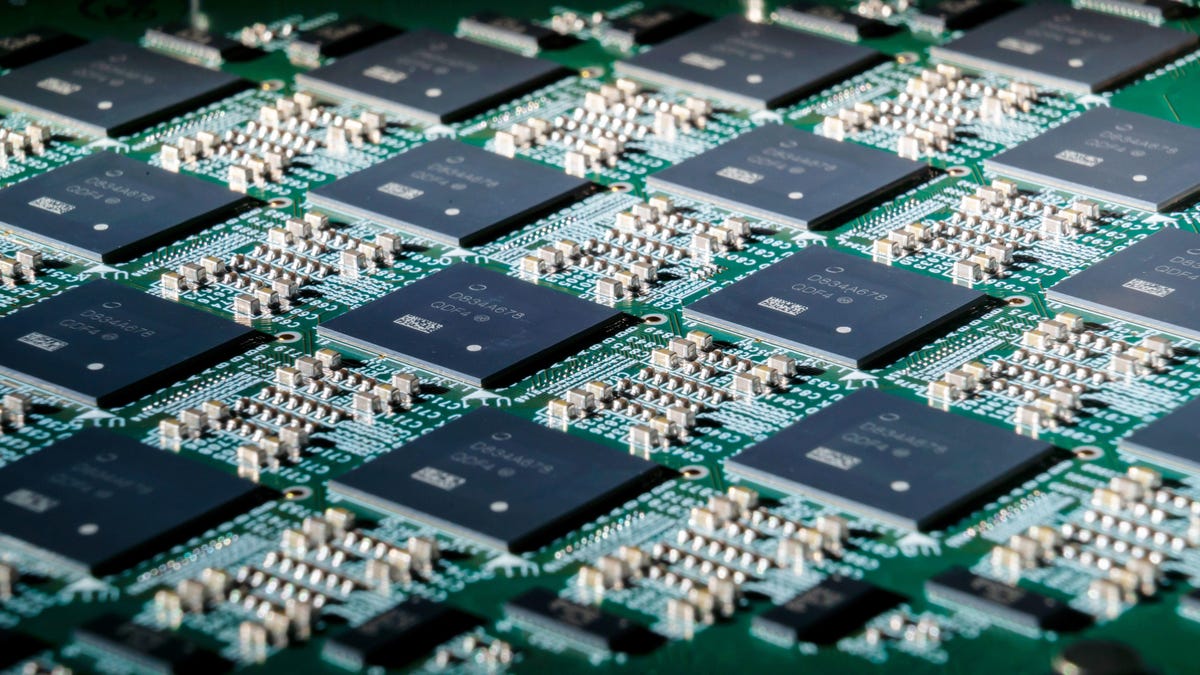Intel packs 8 million digital neurons onto its brain-like computer
Using 64 Loihi processors, the company takes a notable step toward a digital brain.

Intel fits 16 neuromorphic Loihi chips on its Nahuku board. It uses 64 of the research chips to make its 8-million neuron Pohoiki Beach computer.
The human brain is made of something like 86 billion interconnected brain cells, or neurons. Intel has now taken a notable step toward a digital equivalent, building a computer system with 8 million digital neurons.
The system, called Pohoiki Beach, is packed with 64 of Intel Labs' Loihi chips and will be available to researchers who can help the chipmaker mature the technology and move it toward commercialization. Pohoiki Beach's 8 million digital neurons are a significant step toward Intel's goal of reaching 100 million later this year.
"Pohoiki Beach will now be available to more than 60 ecosystem partners who will use this specialized system to solve complex, compute-intensive problems," said Intel Labs Director Rich Uhlig, who unveiled the system at the DARPA Electronics Resurgence Initiative (ERI) summit in Detroit.
The effort shows how the tech industry, faced with difficulties speeding up conventional processors, is increasingly inspired by our own organic computers. It takes food and oxygen to keep our gray matter humming, but brains only use about 20 watts of power -- that's about as much as a modestly powerful PC processor.
Intel's neuromorphic Loihi research processor
Real products like Apple's iPhone chips already ship with circuitry to accelerate brain-inspired technology, but Intel's "neuromorphic" Loihi project is a significant step closer toward the way actual brains work -- it even includes digital equivalents of the axons that neurons use to transmit signals to their neighbors, the dendrites that receive those messages, and the synapses that connect the two.
Researchers already have used Loihi systems for tasks like simulating the tactile sensing of skin, controlling a prosthetic leg and playing foosball, Intel said.
Processor speed improvements are harder to come by these days, with electronics miniaturization growing steadily harder and increasing power consumption a constant concern. As a result, chipmakers are redirecting their attention away from general-purpose CPUs -- central processing units -- and toward special-purpose chips that are faster at a limited set of operations.
One major area for such specialization is graphics chips called GPUs. But chips that accelerate the neural network technology underpinning today's AI software are a hot new area.
Through ERI, the US Defense Advanced Research Projects Agency (DARPA) is helping promote chip advancements Intel's chip work along with various other projects for things like security, photonics, and machine learning.

